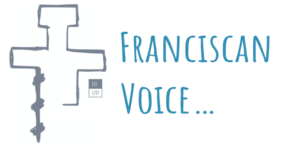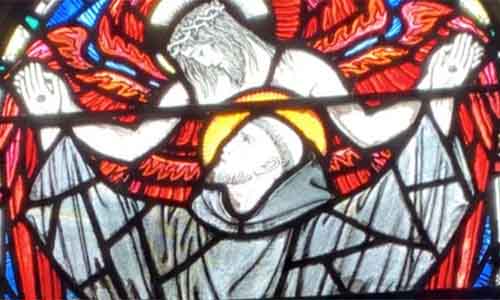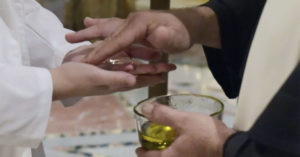Introduction
St. Francis of Assisi has been the subject of many biographies. One of my own personal favourites is the one written by the English writer and convert, G. K. Chesterton – you should read it! Some years back, when I was first assigned to England as a friar, I had the good fortune to visit Beaconsfield, in Buckinghamshire. In St. Teresa’s Church in Beaconsfield – which happened to be Chesterton’s parish church – there can be seen a beautiful stained glass window in memory of Chesterton. The image on the stained glass portrays St. Francis receiving the stigmata. For me, personally, the image of St. Francis receiving the stigmata has always been the truest image of him.
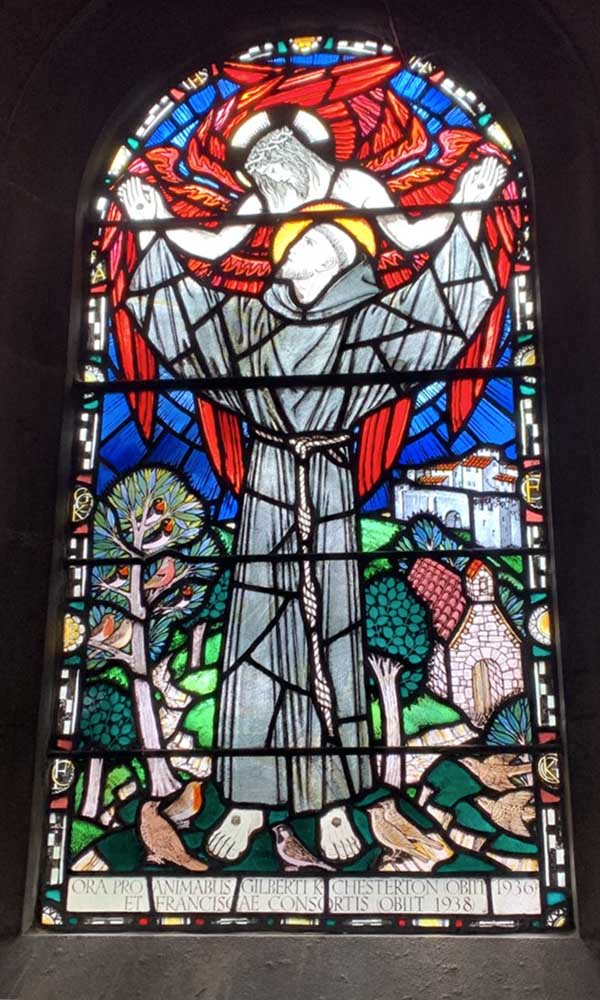
One of the earliest biographies of St. Francis was written by St. Bonaventure. Let’s take a look at his account of the stigmata of St. Francis:
La Verna
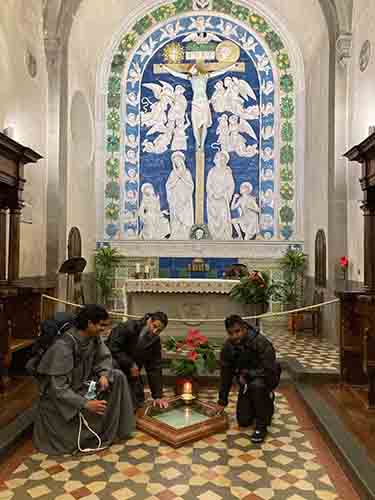
About two years before his death, and twenty years into his religious life – about the year 1224 – Francis sought out a place of solitude on Mount La Verna, a high mountain of the Apennines, in the Italian Region of Tuscany. He wished to be alone so he could make the forty-day fast in honour of St. Michael the Archangel.
God's will is revealed
Francis had a great love of the Gospels. The Franciscan charism is, after all, to live the Holy Gospel. At La Verna, Francis asked a friar companion to open the book of the Gospels three times, because Francis knew that by doing so, God’s will would be revealed to him. The Gospels were opened three times, and each time it opened at the Passion. Bonaventure goes on to tell us that:
“…Francis understood that he must become like Christ in the distress and the agony of His Passion before he left the world, just as he had been like Him in all that he did during his life.”
Six-winged Seraph
Bonaventure continues:
“Then one morning about the feast of the Exaltation of the Holy Cross, whilst he was passing on the mountainside, Francis saw a Seraph with six fiery wings coming down from the highest point in the heavens. The vision descended swiftly and came to rest in the air near him. Then he saw the image of a Man crucified in the midst of the wings, with His Hands and Feet stretched out and nailed to a cross. Two of the wings were raised above His Head and two were stretched out in flight, whilst the remaining two shielded His Body.”

Traditionally, there are held to be nine choirs of angels in Heaven; the choir that is nearest to the Throne of God is the Seraphim – the Seraph in the vision is an angel of this choir. The vision’s image of a Man in the midst of the wings is clearly that of Our Blessed Lord Crucified.
– friar Solanus Mary OFM Conv.
In Part two, friar Solanus Mary writes about the meaning of the vision, the imprint of the stigmata, miracles, and more.

